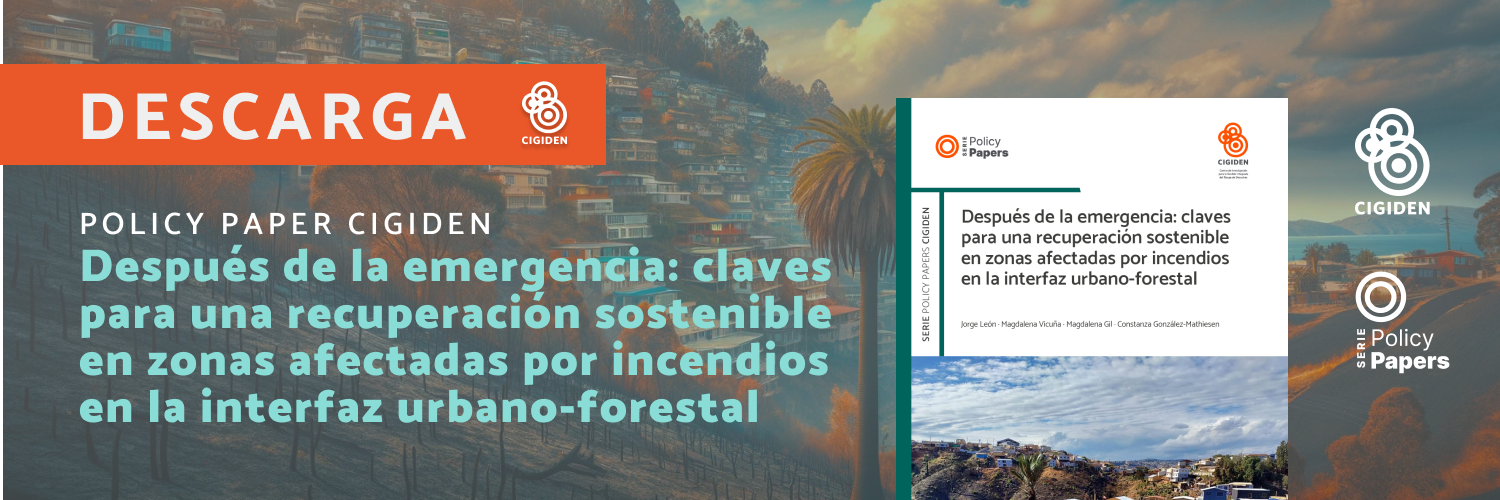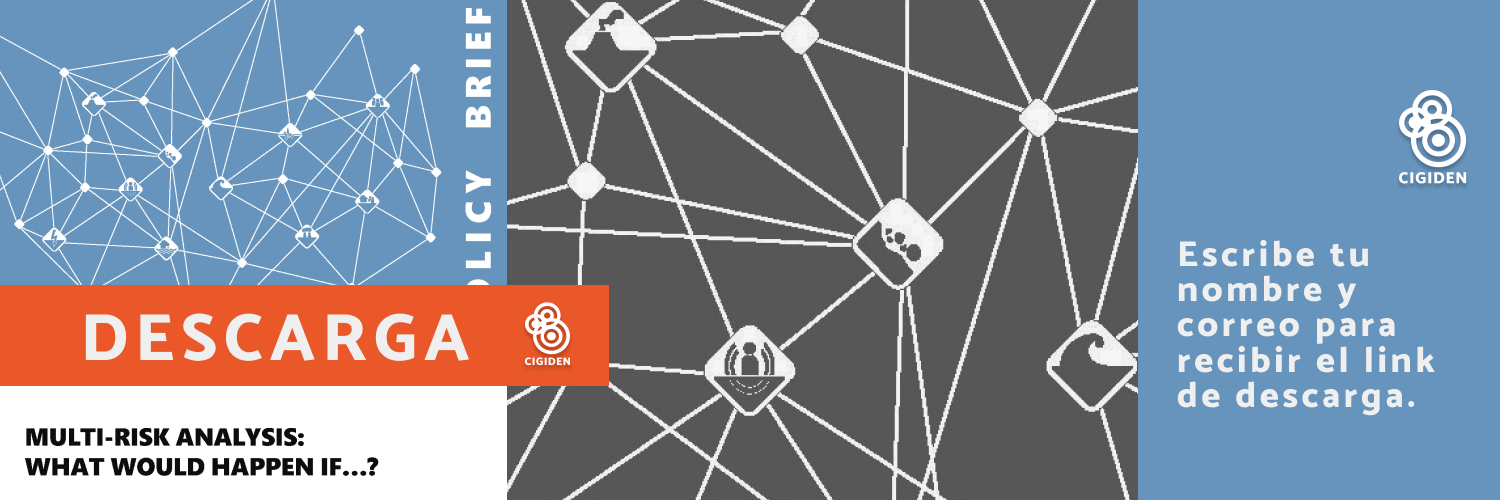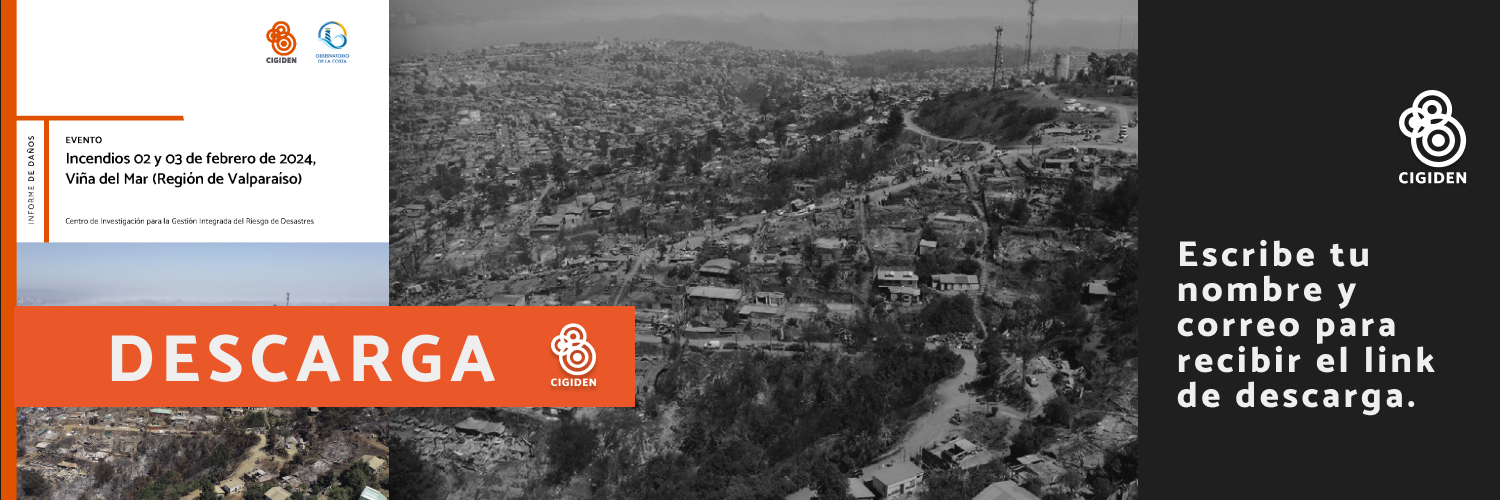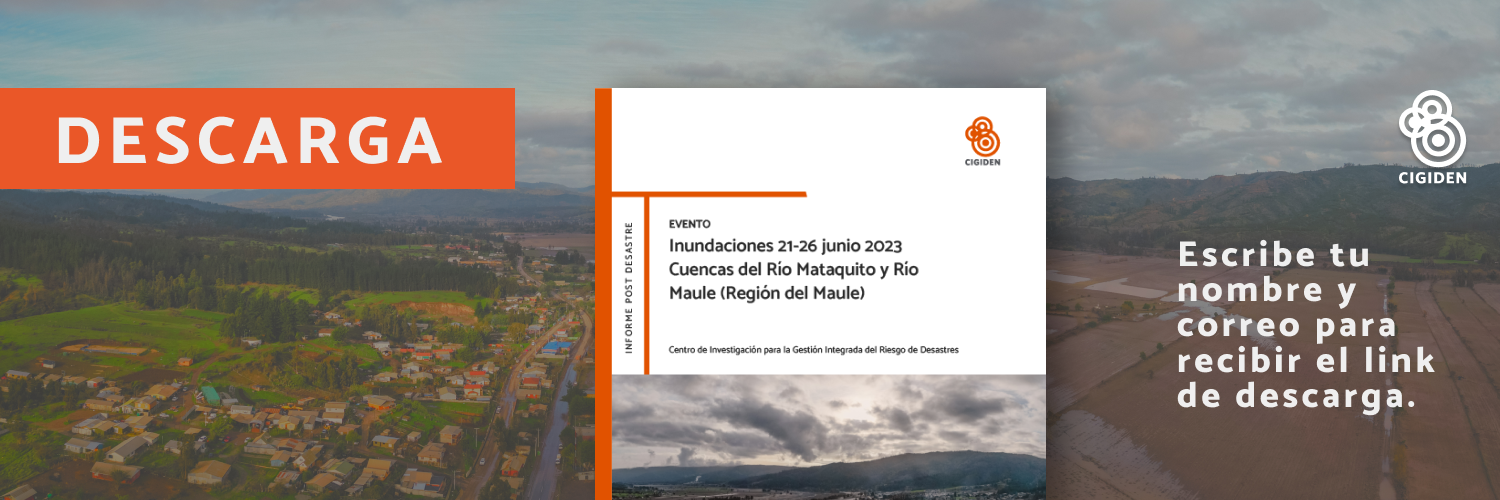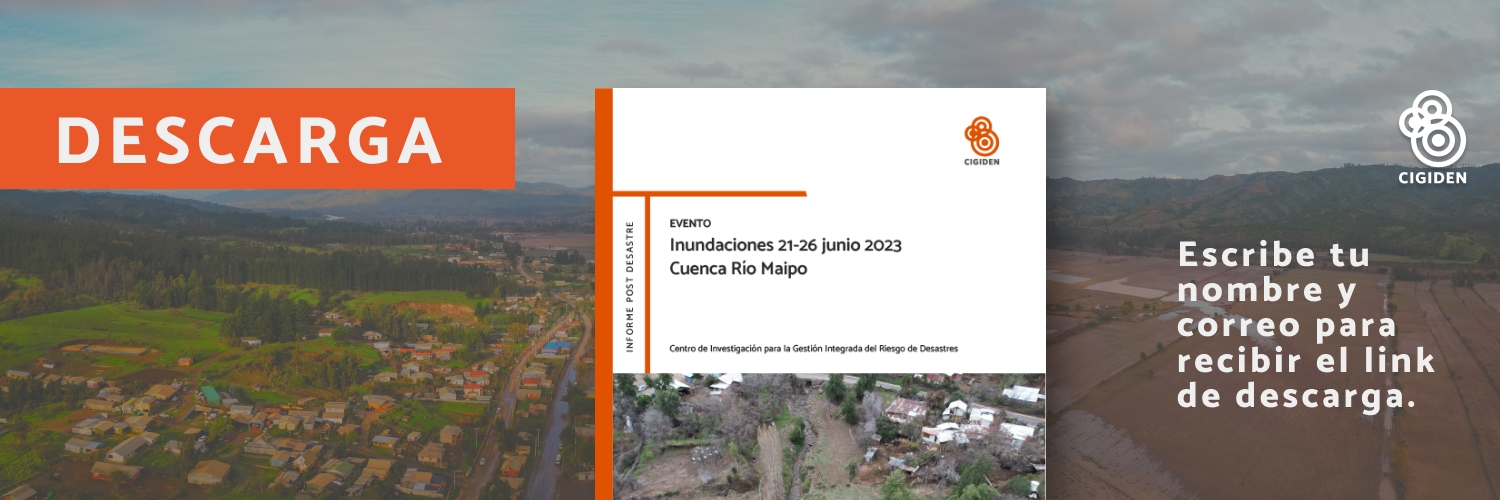By Rodrigo Cienfuegos.
Thanks to the tireless and quiet work that national and international researchers have developed for years –managing to combine information from historic records, dating of sediment deposits from past tsunamis and mathematical simulation of floods– we are currently able to gain a better understanding of the actual dimension of the 1730 Valparaiso earthquake, a major earthquake which struck in the early hours of July 8th, 1730.
It was the last mega-earthquake that struck Central Chile, with an estimated magnitude of 9.1 and 9.3, followed by a devastating tsunami that flooded numerous areas of the current city plan of Valparaiso and low-lying areas near the Marga-Marga estuary in Viña del Mar.
Thanks to the collaborative work of scientists and engineers, today we also know that, on average, an earthquake with a magnitude of 8 or more will strike Chile every 10 years. Paleo-tsunami research has also found that in Chile, the average recurrence interval of mega earthquakes with magnitudes of about 9 is 400 and 500 years.
Although these estimates are not very precise, as there are few records on strong earthquakes, this new knowledge enables a more precise earthquake and tsunami risk assessment, consistent with what the country requires to better plan its urban and territorial development. In parallel, introducing safety, mitigation and resilience criteria to prioritize issues such as investment in critical infrastructure, industrial and productive developments.
Hence, the findings of this research urge us and the decision-makers to take responsibility, in order to be better prepared for a scenario like the one we faced in Chile 289 years ago. One of the critical and pressing issues to be addressed is the inclusion of standards and protocols for vertical evacuation, when safe zones are difficult to reach within the estimated time of arrival of a tsunami. There is international experience of public buildings that have been especially designed or adapted for this purpose, or of the creation of incentives and conditions so that condominiums or owners’ associations can safely implement vertical evacuation protocols.
In Chile, there are good earthquake-resistant building standards to support such an alternative, but the technical, legal and cultural dimensions must be examined before the practical implementation thereof. Nonetheless, the difficulties of tsunami evacuation in certain coastal cities, detected by CIGIDEN researchers, requires for this to be urgently examined in the country.
Knowledge gives power and responsibility, and instead of being scared or paralyzed by the fact that we will necessarily experience events such as the 1730 earthquake in the future, we should prepare ourselves every day, at an individual, collective, regulatory and institutional level. The new pathways of connection between scientists, decision makers and citizens are also an excellent way of supporting and speeding up these processes.
Click here to read the piece published in La Tercera.





